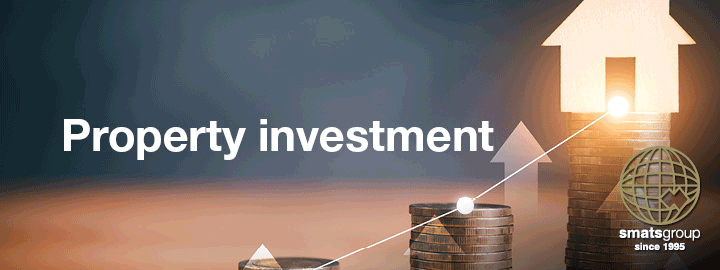Rising construction costs spell further trouble for ailing builders
Building costs had looked to have turned a corner but are on the rise again, spelling further potential trouble for an industry that is already struggling.
Hopes that construction costs might finally ease have suffered a setback, with another uptick in the rate of price growth emerging.
Two states in particular are leading the charge.
Construction cost increases are again getting back to where they were during the pandemic in Western Australia, rising by 18.9 per cent in the 12 months to June.
In South Australia, construction costs accelerated in the June quarter, recording 7.3 per cent year on year increase. This is an increase from the March quarter of 6.4 per cent, according to the Australian Bureau of Statistics.
Construction companies continue to struggle more than any other industry sector. Thousands have collapsed due to labour shortages, lack of supplies and soaring costs.
ASIC’s latest annual insolvency data shows more than 11,000 companies entered external administration for the first time in 2023-24.
The top three industries – Construction (27 per cent), Accommodation and Food Services (15 per cent) and Other Services (9 per cent) represented over half of total external administrations for the financial year.
Master Builders Australia’s Chief Economist, Shane Garrett, said for owner-occupiers, the price of new dwellings is 5.4 per cent up on a year ago. This is partly the result of labour shortages and other cost pressures in the new home building market.
“It’s further evidence that if we are to win the battle against inflation, we need to pull out all stops to build new homes.
“Building approvals released earlier this week show that June 2024 was the worst month since 2012 for higher density home building approvals.
“We need much higher volumes of new home building on this side of the market if rental market pressures are to be relieved.”
Industry advocate Louise Stewart, founder of ProjectPay, said stabilisation in the construction sector was still some way off.
“The construction sector suffered from abnormally high insolvency and business collapses prior to Covid.
“Government stimulus coupled with inflation increased the rate of builder collapses, and the sector will continue this trend until the promised consumer protections are put in place to provide financial protections to property investors and subcontractors to ensure their payments are protected from the insolvency process when builders collapse,” Ms Stewart told API Magazine.
Subcontractors taken down financially by failing builder companies were perpetuating the labour problems remain one of the sector’s biggest obstacles.
“With so many builders collapsing and taking their subcontractors down with them, the industry will continue to experience a skills shortage and not be able to deliver on the housing or infrastructure needs of the nation,” Ms Stewart said.
“Until the high rates of builder collapses are addressed by the implementation of promised statutory trusts, which have shown in the US to substantially reduce builder collapses, the Australian construction sector will continue to struggle and property investors and subcontractors will remain exposed to the financial losses of builder collapse.”
Building costs stifling supply
The cost of building a new property now far exceeds the price of an existing property.
Nerida Conisbee, Chief Economist, Ray White Group, said for residential, much higher construction costs are leading to fewer homes being built and higher prices for existing properties.
“Perth is seeing the strongest house price growth in Australia with prices up in excess of 25 per cent over the past 12 months.
“While population growth, strong population growth and very low vacancy rates are drivers, the surge in construction costs would be one of the main contributors,” Ms Conisbee said.
There were some snippets of positive news.
“The cost of timber has come down significantly, as has steel. In comparison, increases for bricks, plaster and concrete continue to rise.
“Copper pipes also continue to increase. Copper is a key input to green energy and electric cars which is also driving up pricing.”
Labour costs continue to be a major contributor to the cost of construction.
“Year-on-year increases in wages remain problematic to bringing down the cost of building a new home.
The Australian Bureau of Statistics specifically pointed to a lack of finishing trades.
“Strong union activity, now the subject of a Senate inquiry has also contributed to low productivity in the industry,” Ms Conisbee said.
Possible building turnaround in Queensland
In Queensland there were some encouraging signs for the construction sector.
Figures from the Australian Bureau of Statistics showed detached housing (+15.9 per cent) and units (+11.9 per cent) enjoyed a big bounce in June – the positive swing enough to shift the statewide three-month trend back into the black at 1.5 per cent.
Master Builder CEO, Paul Bidwell, said the upward trend for detached houses (+13.5 per cent) is particularly strong.
“There is still some work to do with units (-17.8 per cent), with hopes another solid month ahead will turn the negative into a positive.
“We need more multi-unit dwelling approvals if we are to have any hope of reaching the National Housing Accord target of 49,000 dwellings each year in Queensland.”






















